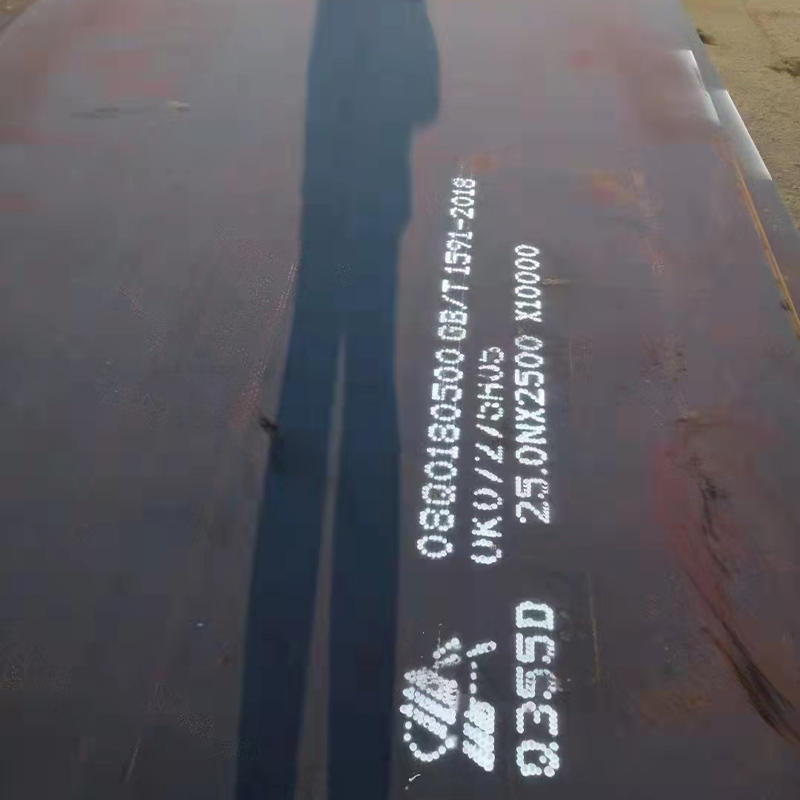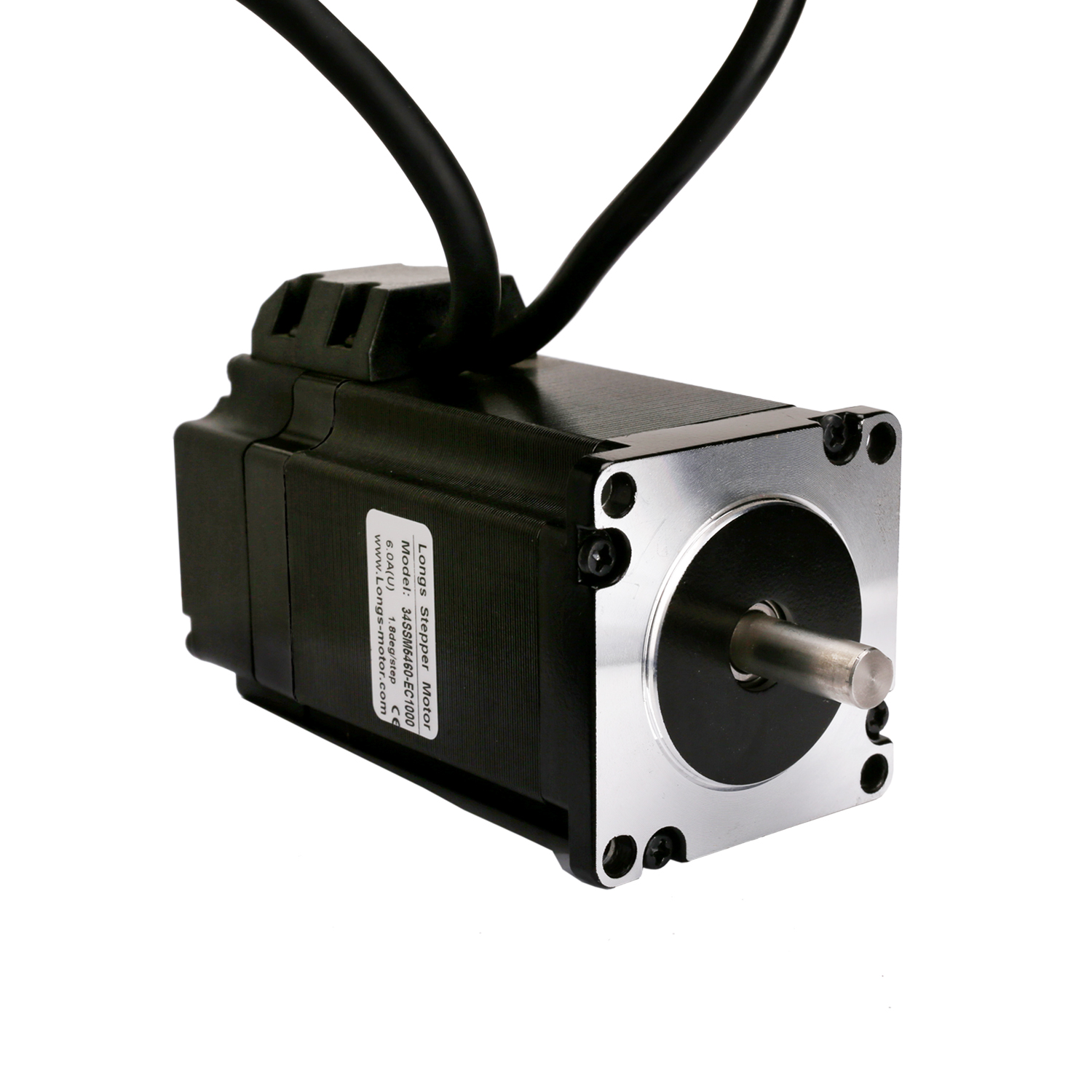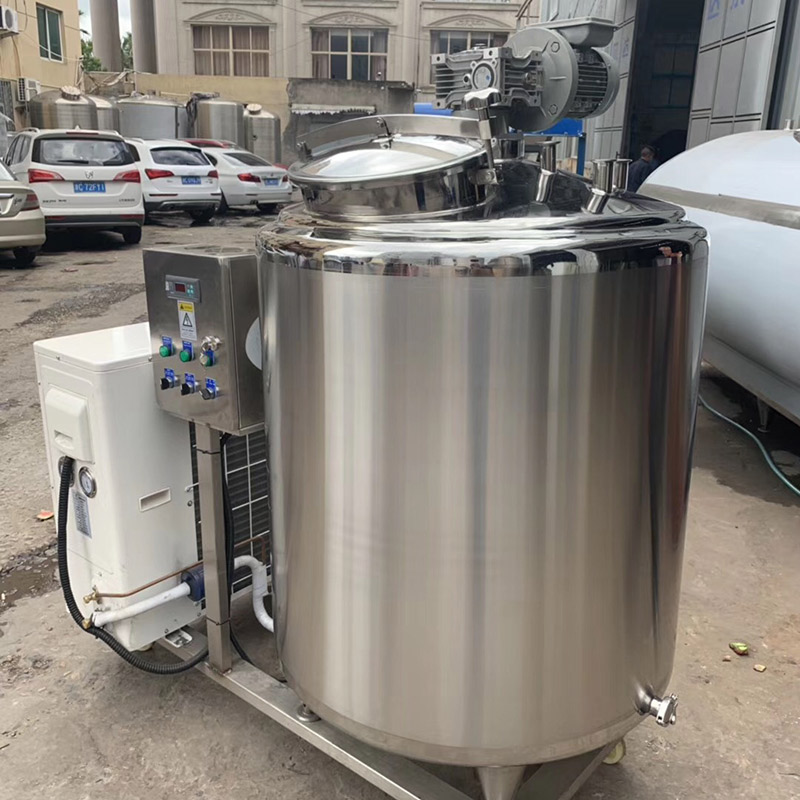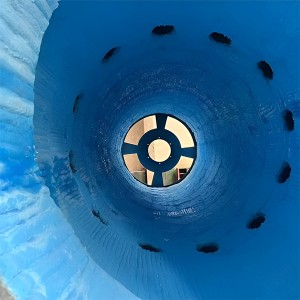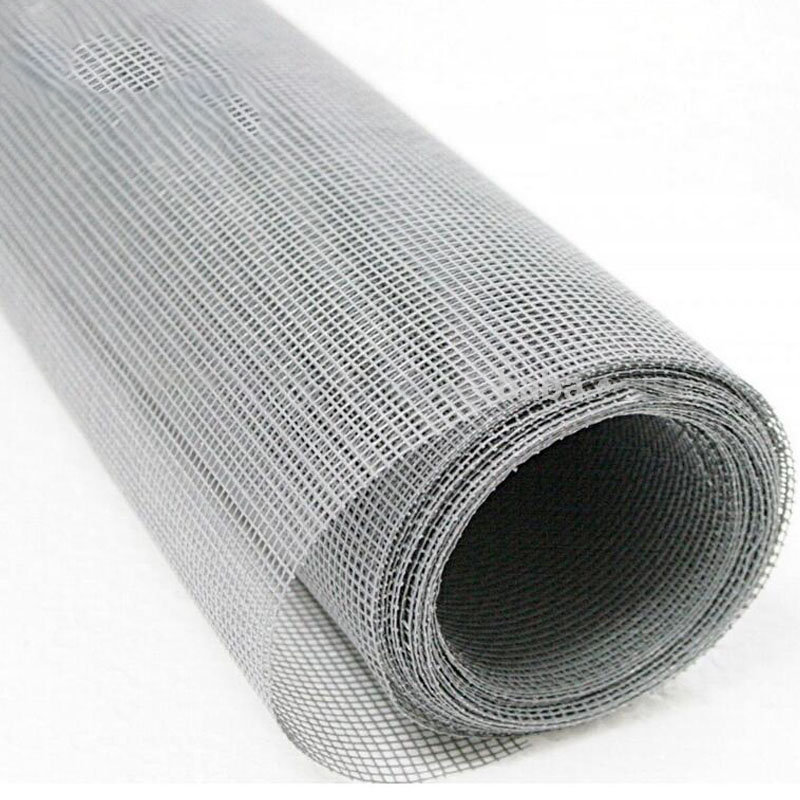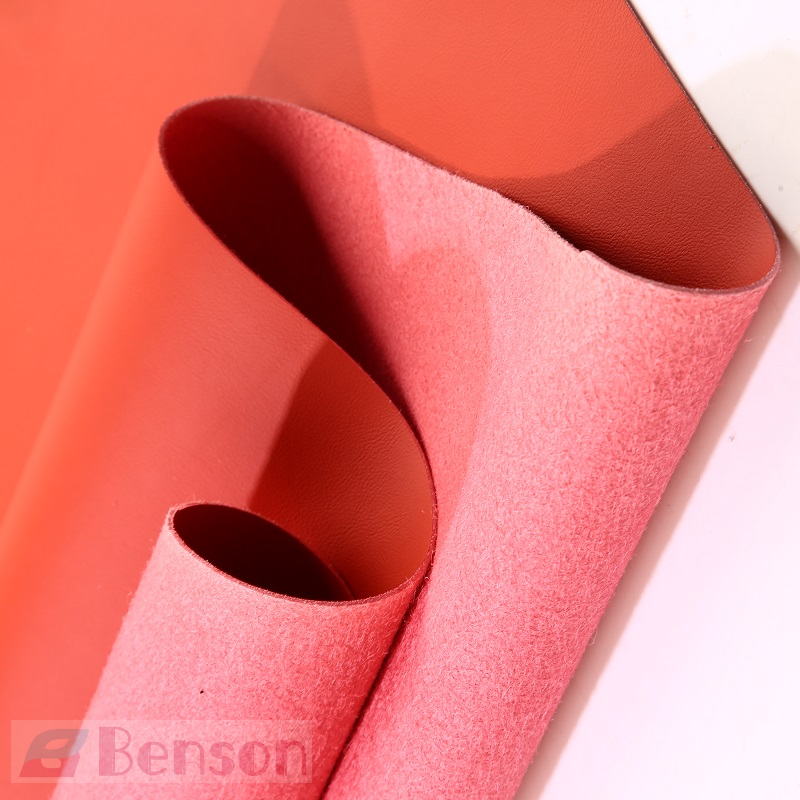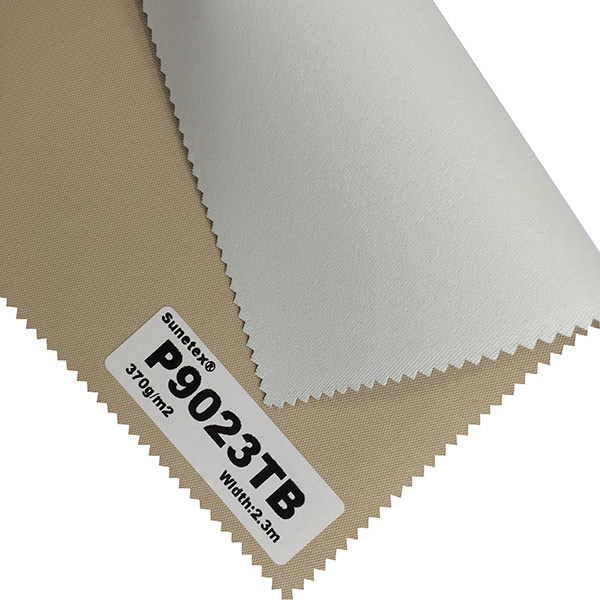In this regard, these two types of steel also have different recommended applications due to their differing alloy contents:
• One should go for Q235 if the actual application is a type of metal construction that does not require much of steel strength, ie. tie rods, bolts and nuts, hooks/couplers, sleeves or welding parts.
• Opt for Q345 if you are building oil tanks, automotives, low-pressure vessels, cranes, mining machineries, power stations, building structures and other general parts. This is due to the fact that it has good mechanical properties, can perform in lower temperatures, has excellent plasticity as well as good welding properties. They are normally delivered in hot rolled or in normalizing state, and they can be used on areas with low temperatures that can go down to -40C.
Q345 has a tensile strength range of 490-675 Mpa, while the Q235 has a 375-500 Mpa range.
Q345 has a yield strength of ≥ 345 Mpa, while the Q235 has a ≥ 235 Mpa.
Q345 has an elongation rate after fracture of ≥ 21%, while the Q235 has ≥ 26%.
There may be some end users who question the quality and the reliability of these steel types. Quite possibly this is due to the fact that each steel type has different chemical contents thus some properties such as welding properties may be compromised. We hope that the above information will be helpful and serve as a guide on which steel type would be perfect for each application.
